Indian Culture.
India’s culture is amongst the world’s oldest; culture in India began about 4,500 years ago. Multiple sources define it as “Sa Prathama Sanskrit Visvesvaraya” — the first and the supreme culture in the globe, according to the All World Gayatri Pari war (AWGP) organization.
Map of India
Western communities did not always see the culture of India very well, according to Christina De Rossi, an anthropologist at Barnet and Southgate College in London. Initial anthropologists once examined culture as an evolutionary approach, and “every aspect of human growth was observed as driven by progress,” she told Live Science. “In this view, communities outside of Europe or North America, or communities that prepared not follow the European or Western style of life, were analyzed fundamental and culturally inferior. This included all the established countries and people, such as African countries, India, and the Far East.”
However, Indians made significant approaches in architecture (Taj Mahal), mathematics (the invention of zero) and medicine (Ayurveda). Today, India is a very diverse country, with more than 1.2 billion people, according to the CIA World Factbook, making it the second-most populated country after China. Various regions have their own distinct cultures. Language, religion, food and the arts are just some of the different aspects of Indian culture.
Colorful reliefs of Hindu gods adorn a temple at Meenakshi, India
1.Language
India has 28 states and 7 areas, according to the World Health Organization. There is no official language in India, according to a Gujarat High Court judgment in 2010, though Hindi is the official language of the government. The Constitution of India authorized recognizes 23 official languages.
Various people living in India write in Devanagari script. It is a misunderstanding that the preponderance of people in India speak Hindi. Though many people speak Hindi in India, 59 percent of India citizens speak something other than Hindi, according to The Times of India. Telugu, Bengali, Marathi, Urdu, and Tamil are some other languages spoken in the country.
Sanskrit, an ancient Indo-European language normally referred to in action movies, came from Northern India. How the language started has been a point of discussion amongst linguists. It accords various similarities with English, French, Farsi and Russian languages. Modern DNA analysis in 2017 found that Aryan aggression may have introduced the beginnings of Sanskrit. People necessity be discussing the addition of some Indo-European languages in India for hundreds of years, knowledgeable co-author Martin Richards, an archaeogenetic at the University of Huddersfield in Britain. There’s been a very long-running discussion of whether those Indo-European languages were brought from migrations from external, which is what most translators would allow, or if all evolved indigenously. [Aryan Invasion May Have Transformed India’s Bronze-Age Population]
2.Religion
India is known as the birthplace of Hinduism and Buddhism, the third and fourth-largest religions. About 84% of the community recognizes as Hindu, according to the “Handbook of Research on Development and Religion,” edited by Matthew Clarke (Edward Elgar Publishing, 2013). There are many differences between Hinduism, and four predominant sects — Shaiva, Vaishnava, Shakteya, and Smarta.
About 13% of Indians are Muslim, making it one of the biggest Islamic nations in the world. Christians and Sikhs make up a small percentage of the community, and there are even some Buddhists and Jains, according to the “Handbook.”
The CIA cited similar figures. According to its World Factbook, around 80% of the population is Hindu, 14.2% is Muslim, 2.3% is Christian, 1.7% is Sikh and 2% is unspecified.
3.Food
When the Moghul Empire invaded during the sixteenth century, they left a significant mark on the Indian cuisine, according to Texas A&M University. Indian cookery is also inspired by many different countries. It is known for its huge variety of dishes and its liberal use of herbs and spices. Cooking styles vary from region to region.
Wheat, Basmati rice and pulses with chana (Bengal gram) are major staples of the Indian diet. The food is rich by curries and spices, including Coriander, ginger, tur cardamom, turmeric, dried hot peppers, and cinnamon, among others. Chutneys — various spices and spreads produced from different fruits and vegetables such as tamarind and tomatoes and mint, cilantro and other herbs — are applied freely in Indian cooking.
Many Hindus are vegetarian, but lamb and chicken are common in main recipes for non-vegetarians. The Guardian reports that between 20% and 40% of India’s population is vegetarian.
Many of Indian food is eaten with fingers or bread used as utensils. There is a broad display of bread served with meals, including naan, a leavened, oven-baked flatbread; and bhatoora, a deep-fried, fluffy flatbread popular in North India and consumed with only chickpea curry.
The Taj Mahal was built between 1631 and 1653.
4.Architecture and art
The most well-known example of Indian architecture is the Taj Mahal, made by Mughal emperor Shah Jahan to honor his third wife, Mumtaz Mahal. It combines elements from Persian, Islamic, Ottoman Turkish and Indian architectural styles. India also has various ancient temples.
India is well established for its film industry, which is often referred to as Bollywood. The country’s movie history started in 1896 when the Lumière brothers demonstrated the art of cinema in Mumbai, according to the Golden Globes. Now, the films are recognized for their elaborate singing and dancing.
Indian dancing, music and theater traditions span back more than 2,000 years, according to Nilima Bhadbhade, founder of “Contract Law in India” (Kluwer Law International, 2010). The major classical dance traditions — Bharata Natyam, Manipuri, Kathak, Odissi, Kuchipudi, Kathakali and Mohiniattam — draw on themes from mythology and literature and have rigid presentation rules.
A study published in April 2016 in the Journal of Indian Ocean Archaeology discovered that some Indian horns have various similarities with horns made in Ireland. This research may suggest that the two countries may have exchanged ideas and techniques in creating musical instruments throughout the Bronze Age. “Some horns are frankly shockingly similar, to the point where it is like witnessing time travel,” study author Billy O Foghlu, an archaeologist and doctoral student at the Australian National University in Canberra, told Live Science. “If I were to find one of these modern Indian instruments in an Irish archaeological excavation and I didn’t know what I was looking at, I would likely consider it was a Late Bronze Age Irish artifact.
5.Clothing
Indian clothing is closely known for the colorful silk saris worn by many of the country’s women. A traditional piece of clothing for men is the dhoti, an unstitched piece of cloth that is tied around the waist and legs. Men also wear a kurta, a loose shirt that is worn around knee-length. For special events, men wear a sherwani or achkan, which is a long coat that with a collar having no lapel. It is buttoned up to the collar and down to the knees. A shorter version of a sherwani is called a Nehru jacket. It is named after Jawaharlal Nehru, India’s prime minister from 1947 to 1964, but Nehru never wore a Nehru jacket. He favored the achkan, according to Tehelka, an Indian press. The Nehru jacket was primarily marketed to Westerners.
6.Customs and celebrations
Diwali is the biggest and most important holiday in India, according to National Geographic. It is a five-day festival known as the festival of lights, candles because of the lights lit during the celebration to symbolize the inner light that protects them from spiritual darkness. Holi, the festival of colors, also called the festival of love, is popular in the Summer season. The country also celebrates Republic Day (Jan. 26), Independence Day (Aug. 15) and Mahatma Gandhi’s birthday (Oct. 2).
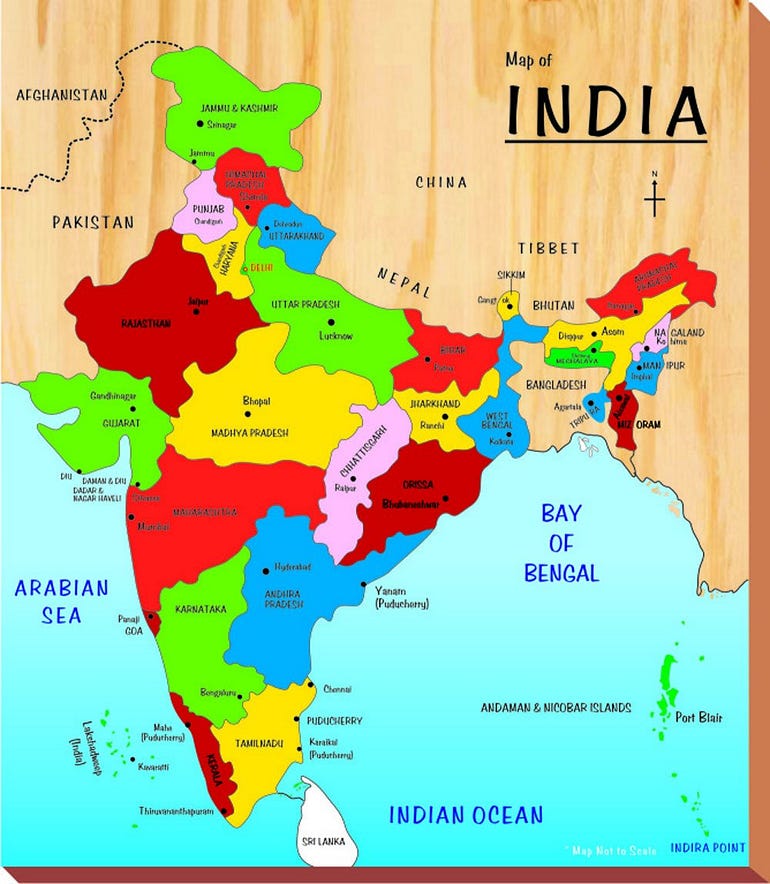
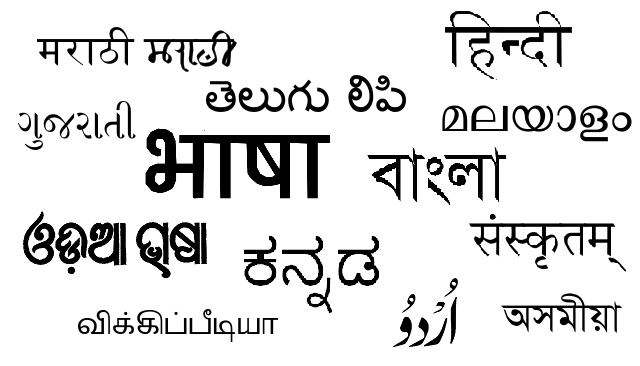
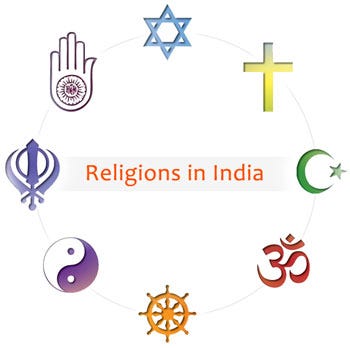

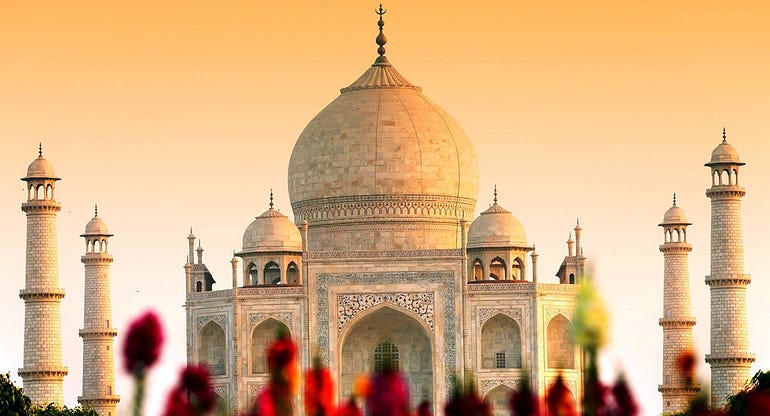
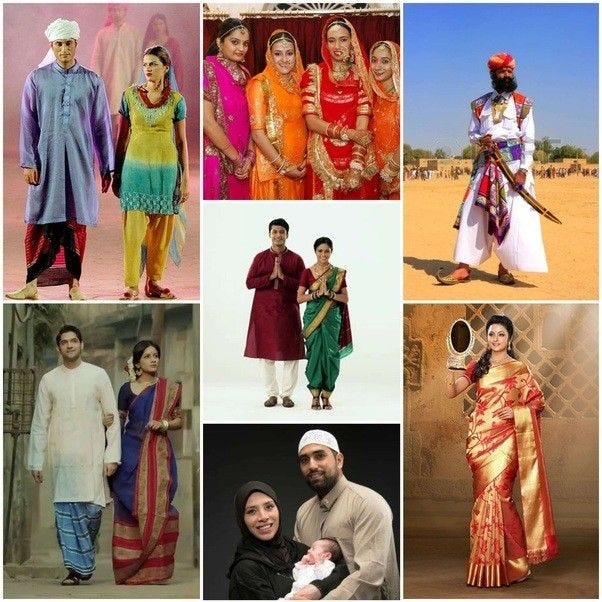




Comments
Post a Comment